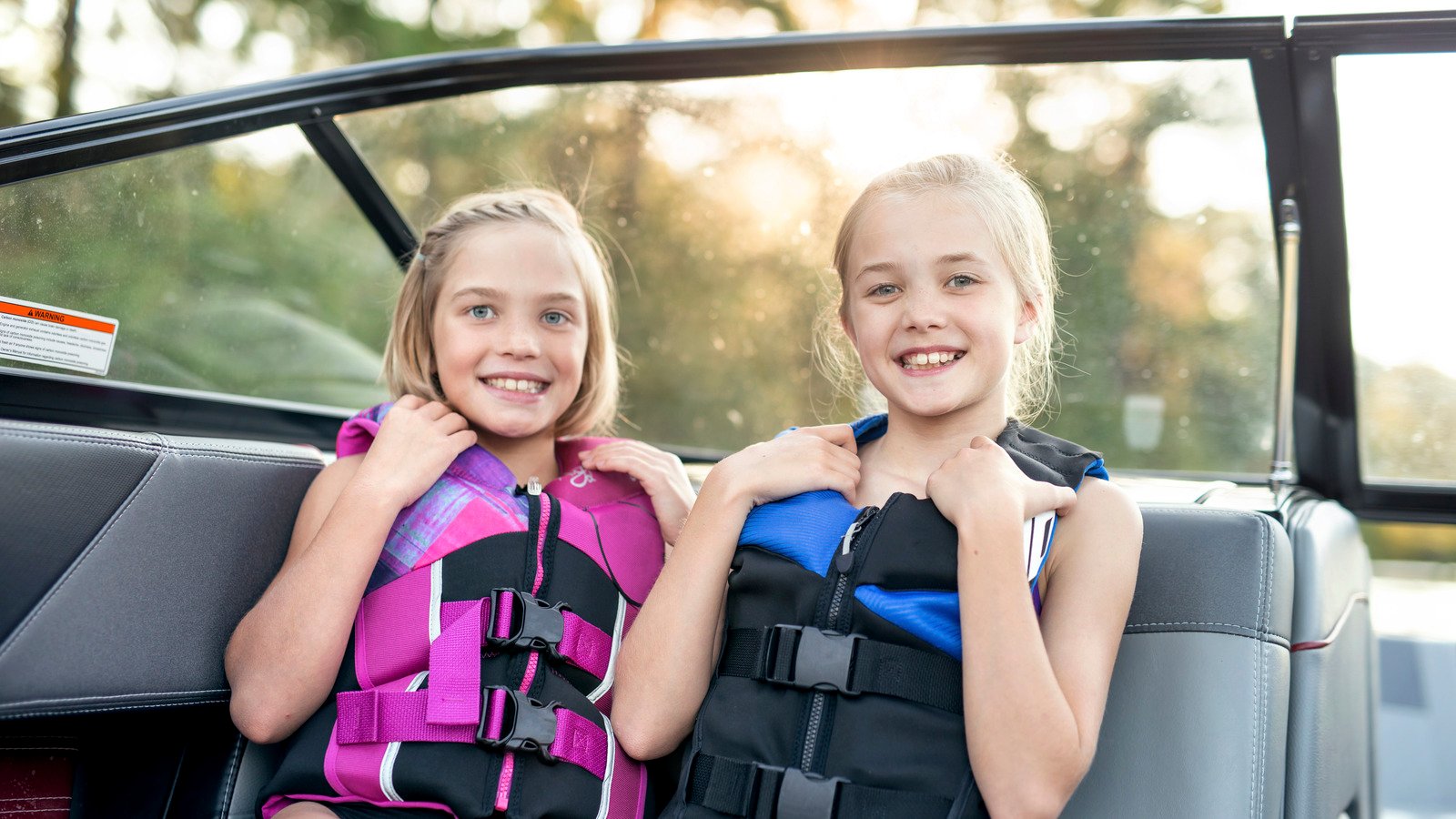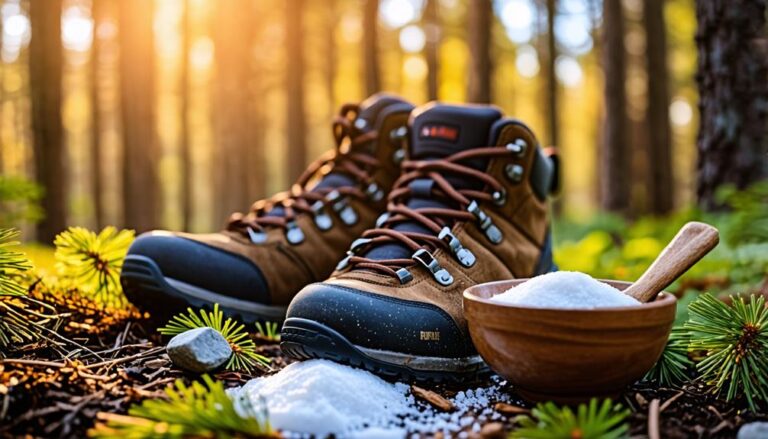Choosing the Perfect Life Jacket for Your Child: A Guide for Safe Boating Adventures
Recreational boating is a beloved pastime for families, offering a wonderful opportunity to enjoy nature while spending quality time together. Statistics reveal that nearly 100 million people take to the waters in the United States each year, making it essential to prioritize safety, especially when children are on board. With the right life jacket, you can help ensure a pleasurable and secure experience for your family while navigating the waves.
Understand the Importance of Life Jackets
Life jackets are not merely optional accessories; they are vital safety gear that can save lives on the water. Each recreational vessel must have a Coast Guard-approved life jacket for every passenger. Simply possessing these jackets is not enough; they must be in good condition and fit the wearer correctly. Remember, a life jacket that is too large or small can fail to serve its purpose when it matters most.
Types of Life Jackets
When selecting a life jacket for children, it’s crucial to know that they come in different types, each designed for specific conditions. Type I jackets have the highest buoyancy, suitable for rough waters, while Type II jackets are for calm, inland use. Finally, Type III jackets are ideal for conscious swimmers in calm areas. Understanding these types can guide you in making the right choice based on your planned activities.
How to Choose the Right Size and Fit
Choosing the correct size and fit is key to maximizing safety. The American Boating Association provides a sizing chart for life jackets:
- Adult: Over 88 pounds
- Youth: 55 to 88 pounds
- Child: 33 to 55 pounds
- Infant: Under 33 pounds
A properly fitted jacket should be snug, allowing you to lift the child by the shoulder without it slipping over their head. Comfort is equally essential. Since regulations may require children under 13 to wear life jackets whenever the boat is moving, a comfortable design will make it easier for your child to enjoy their time on the water.
Important Features to Consider
As you shop for a life jacket, look for additional features that can enhance safety and user experience:
- Coast Guard Approval: Always choose a jacket with a label confirming its approval by the U.S. Coast Guard.
- Material: Look for lightweight and durable materials that provide comfort without compromising safety.
- Adjustability: Jackets with adjustable straps can provide a better fit as your child grows.
- Visibility: Bright colors or reflective strips can increase visibility in case of an emergency.
Familiarize Yourself with Local Regulations
Different states have varying laws regarding child life jacket usage. While federal law mandates that children under 13 must wear a life jacket when a boat is in motion, several states have additional requirements. Before heading out, ensure you are aware of local regulations to keep your children safe and compliant.
Keep Safety as a Priority
On a fun day out on the water, safety should always be a top priority. Regularly check your family’s life jackets for wear and tear, and replace them as necessary. Conduct a fitting test each season, as children can grow quickly. Encourage your kids to wear their life jackets at all times, whether cruising along or while casting a line. Familiarizing them with their safety gear helps cultivate a mindset focused on safety.
Involving children in the selection process can also be beneficial. Allow them to choose their life jackets based on comfort and style preferences, as this creates excitement and encourages them to wear the jacket willingly.
Enjoy Safe Boating Adventures
With the right life jackets in hand, you can set off for your next boating adventure with confidence. Remember, no day on the water should compromise safety. By prioritizing the proper gear and understanding how to choose the right life jacket for your child, you are setting the stage for unforgettable family memories. So, gear up and get ready for a delightful outing filled with laughter, exploration, and, above all, safety.




